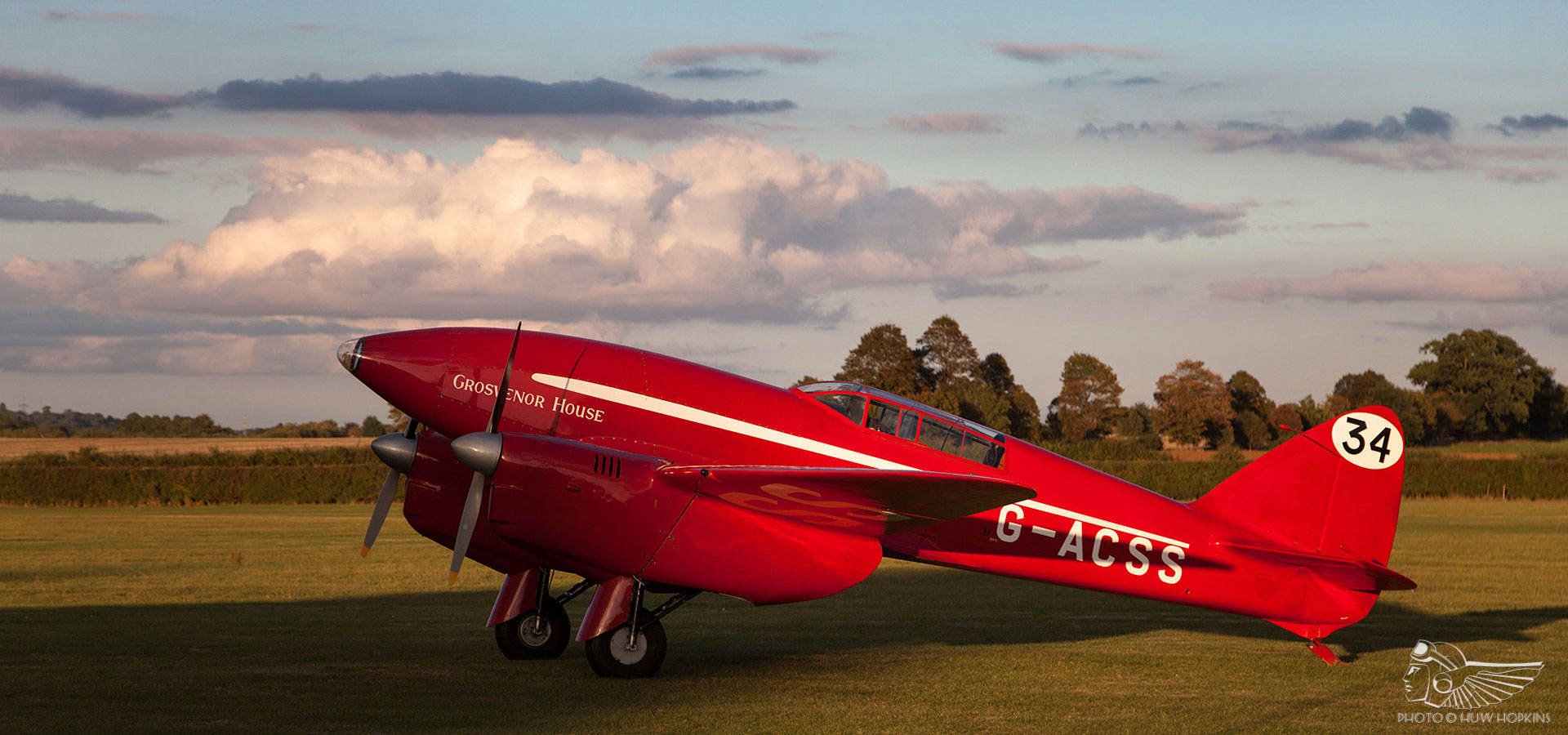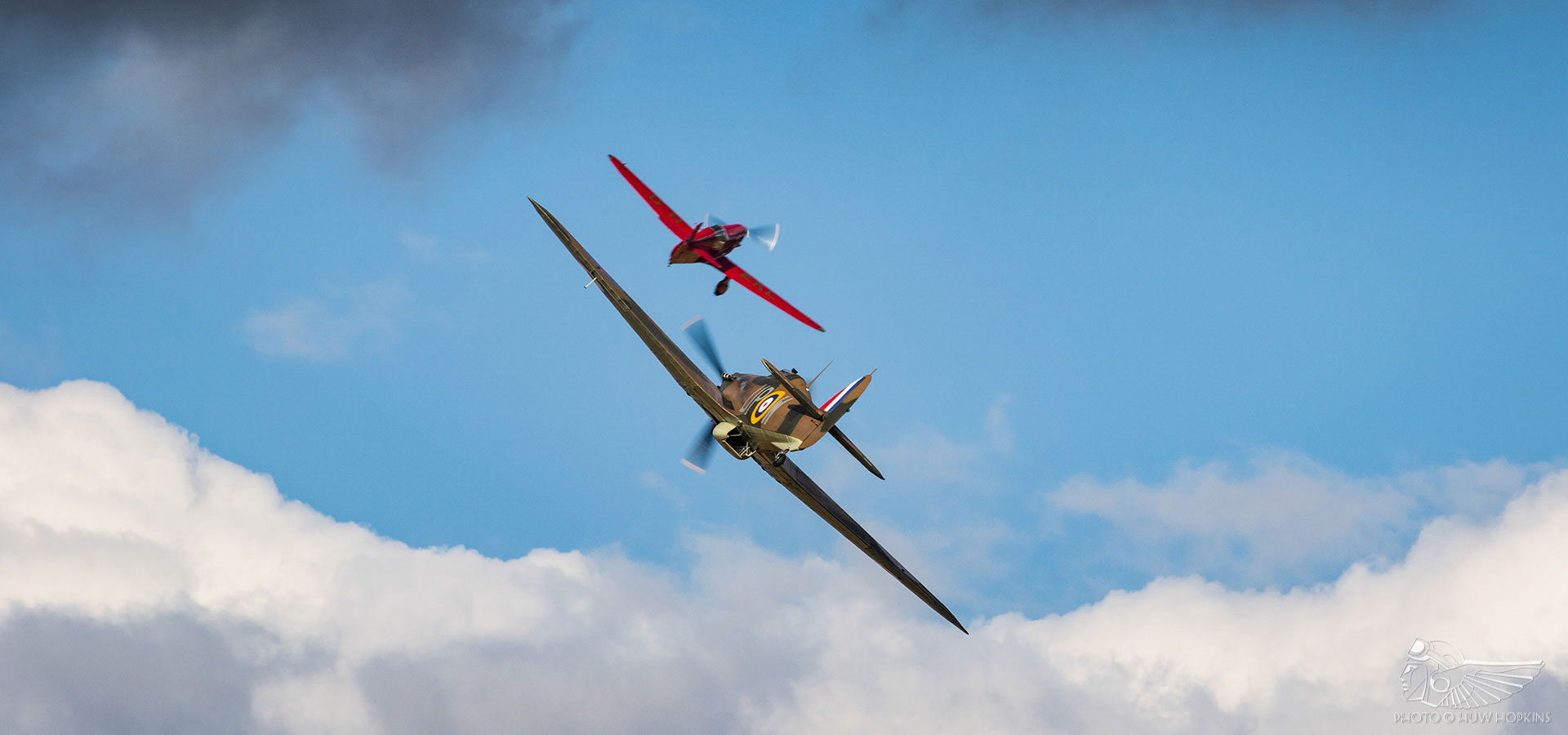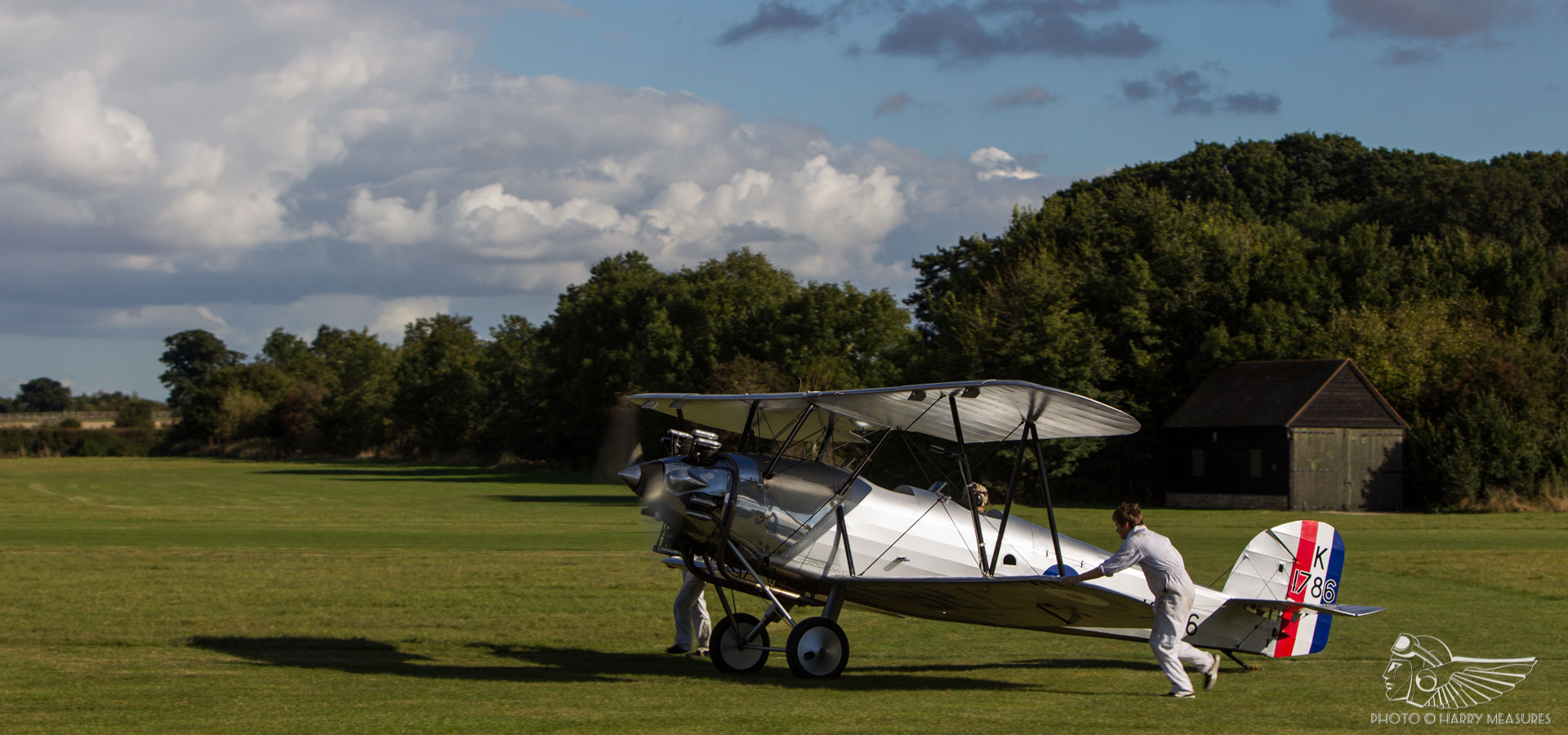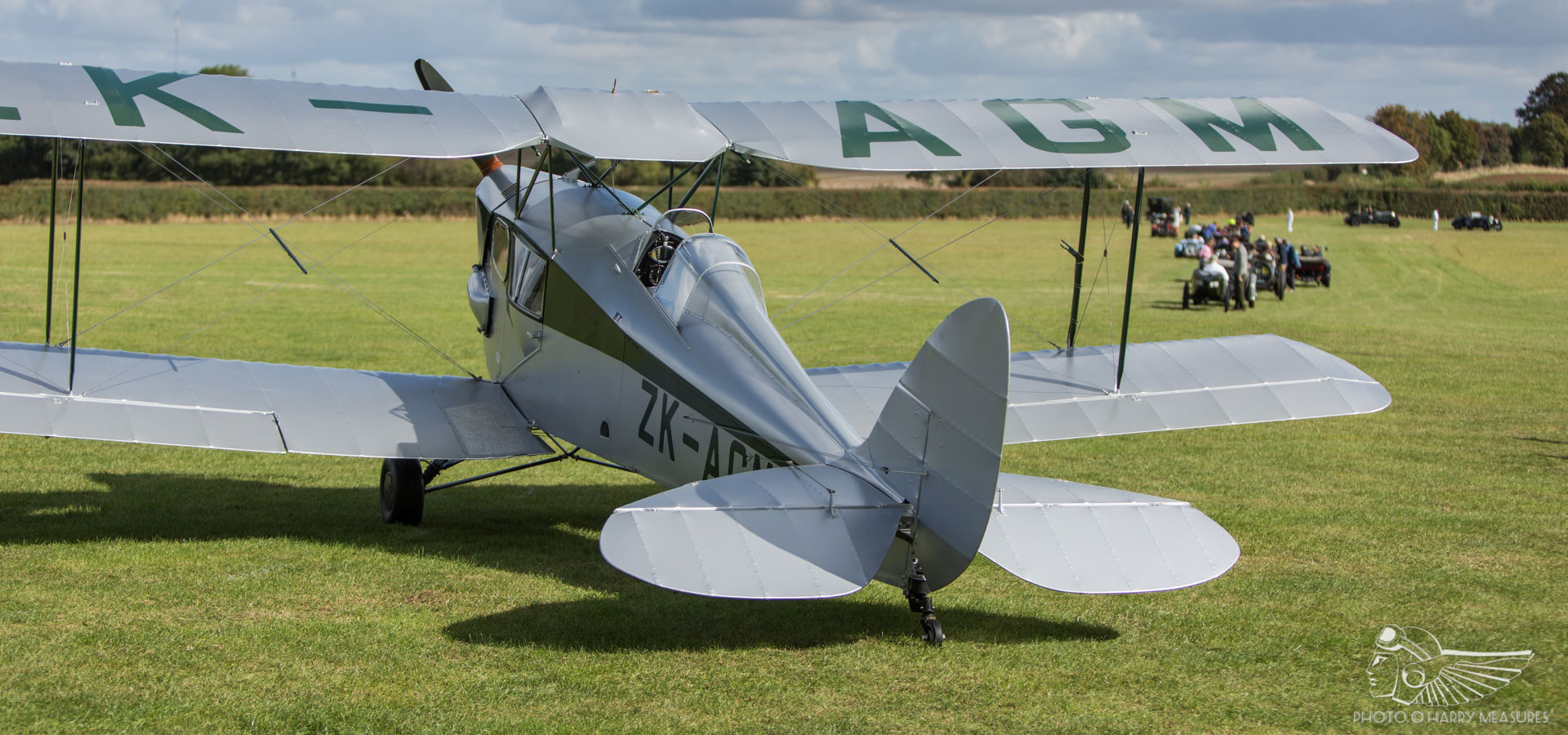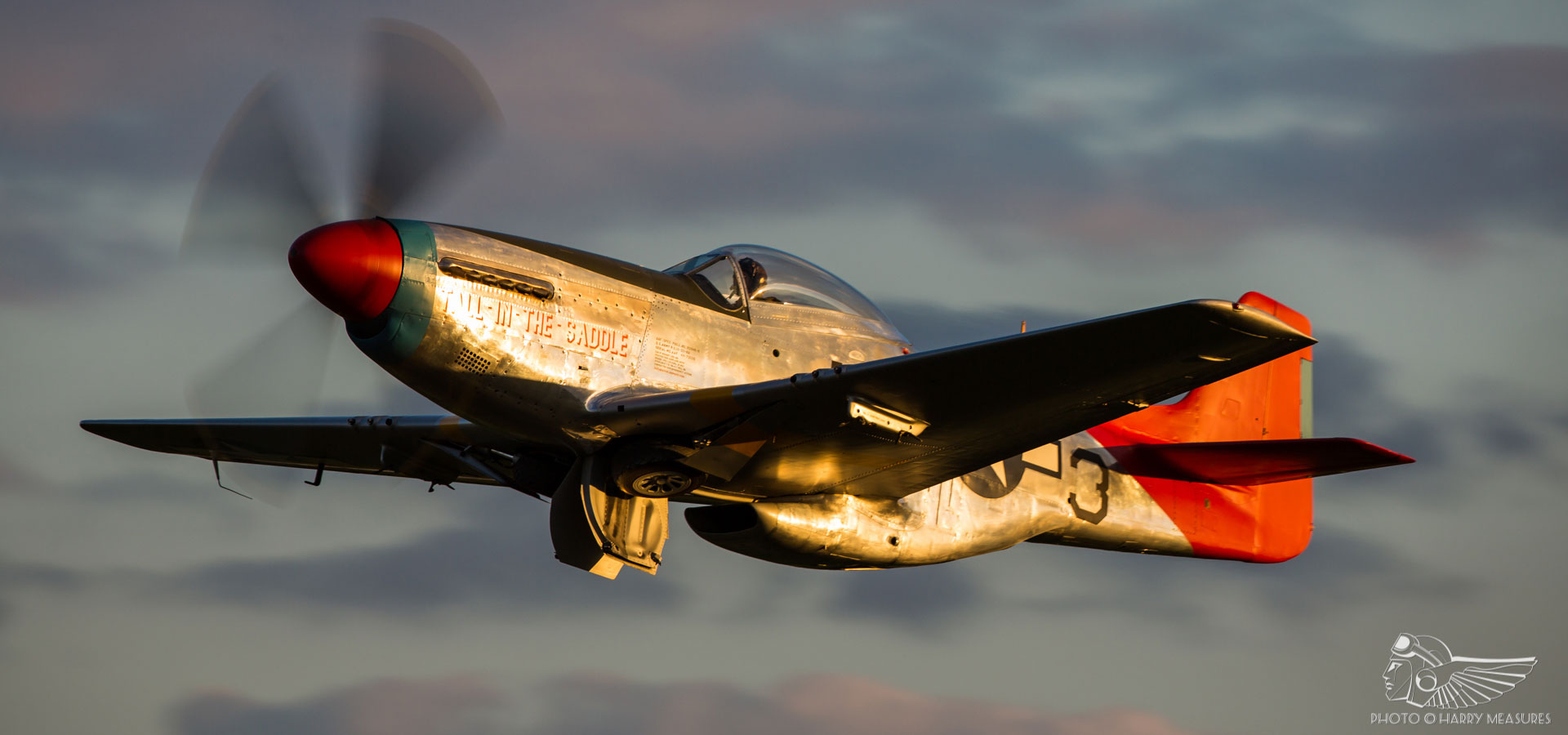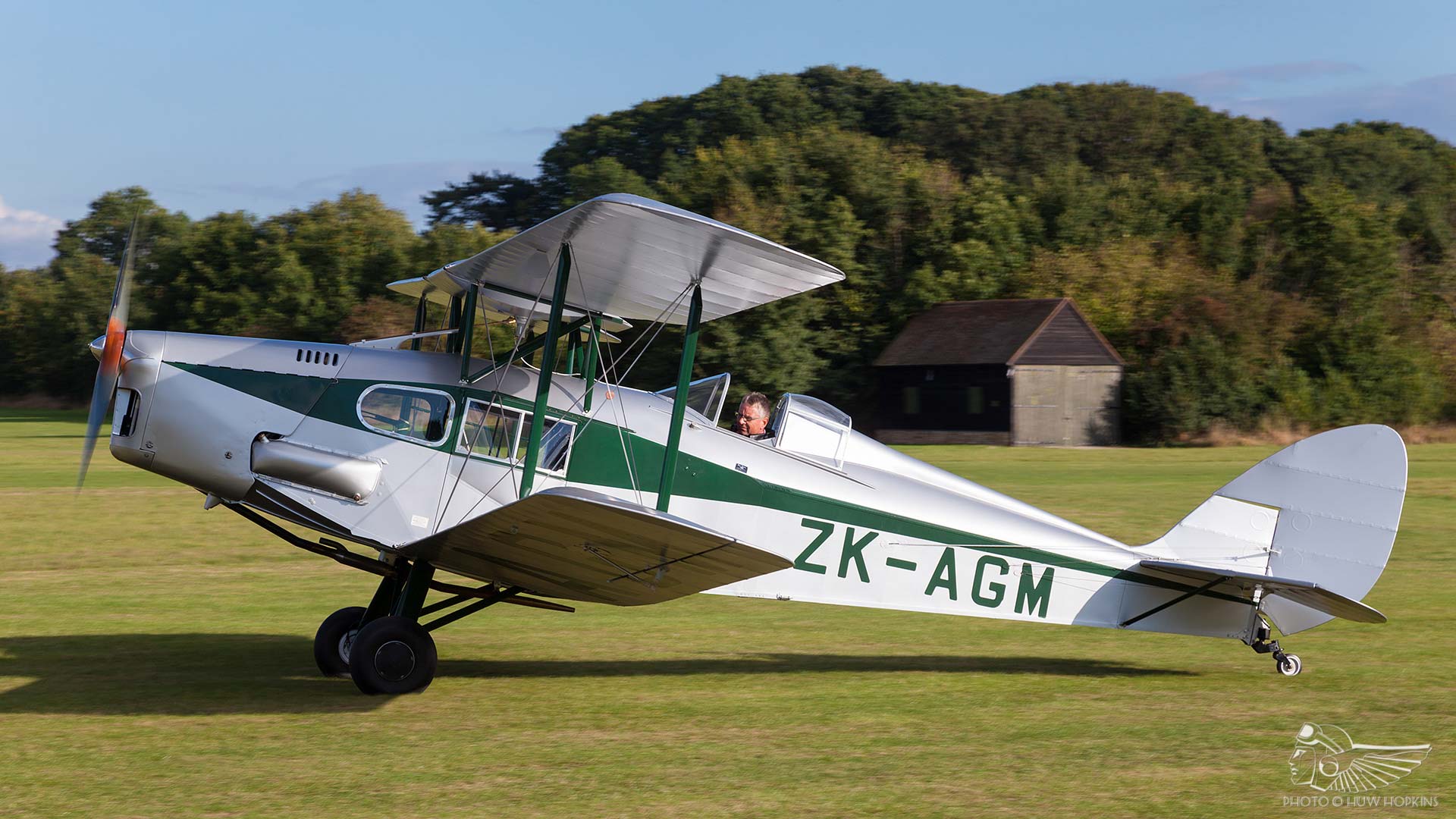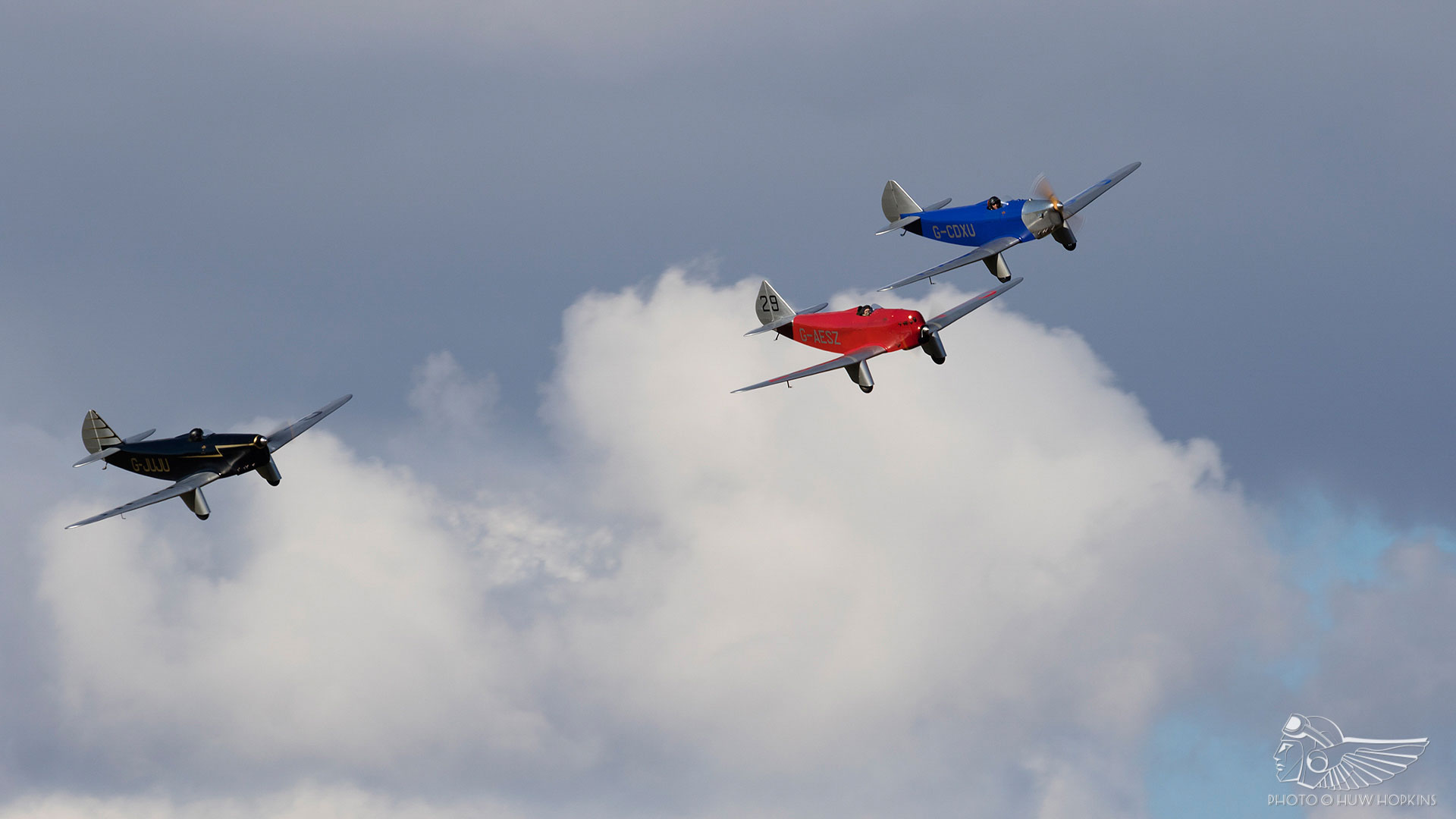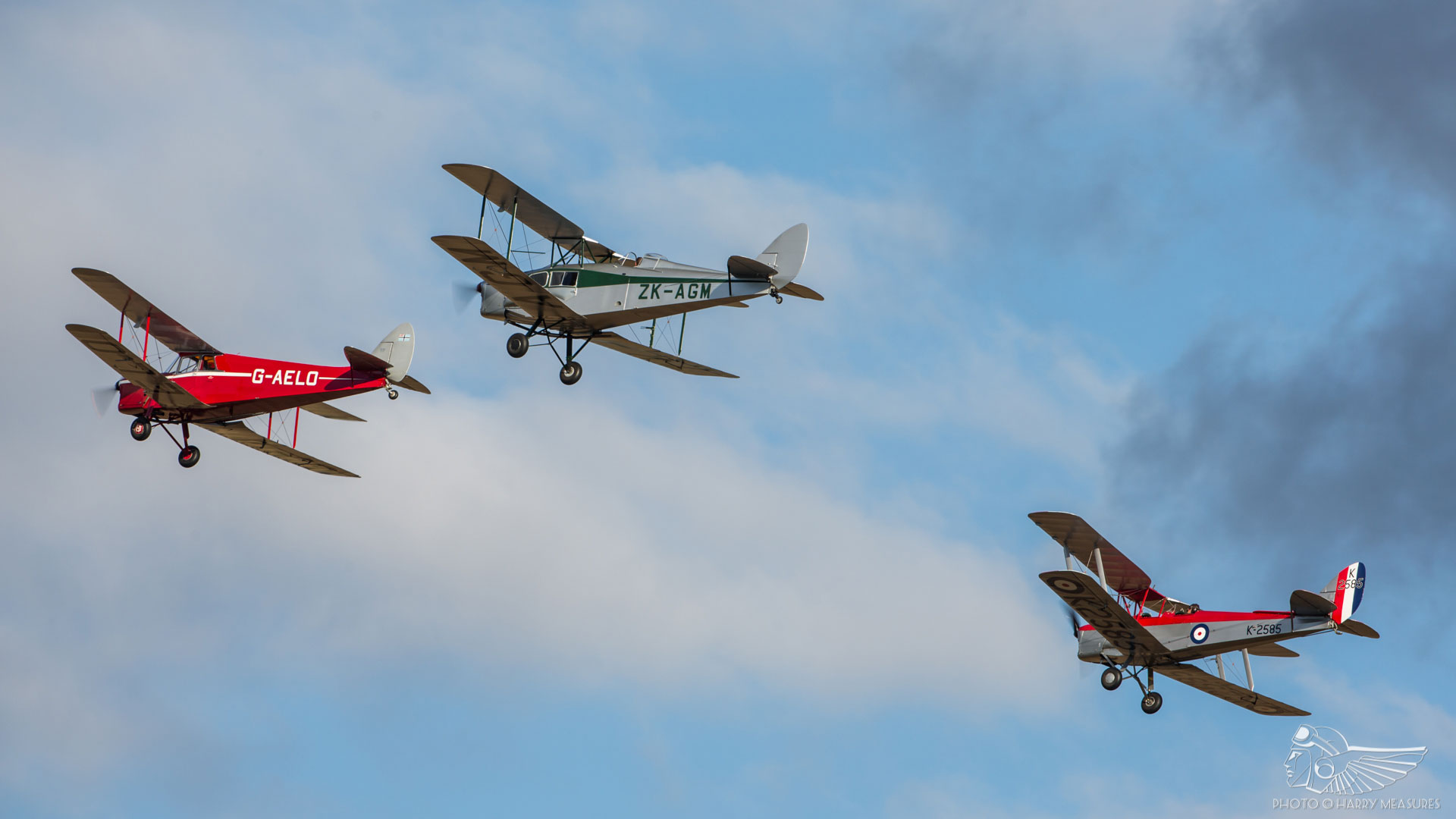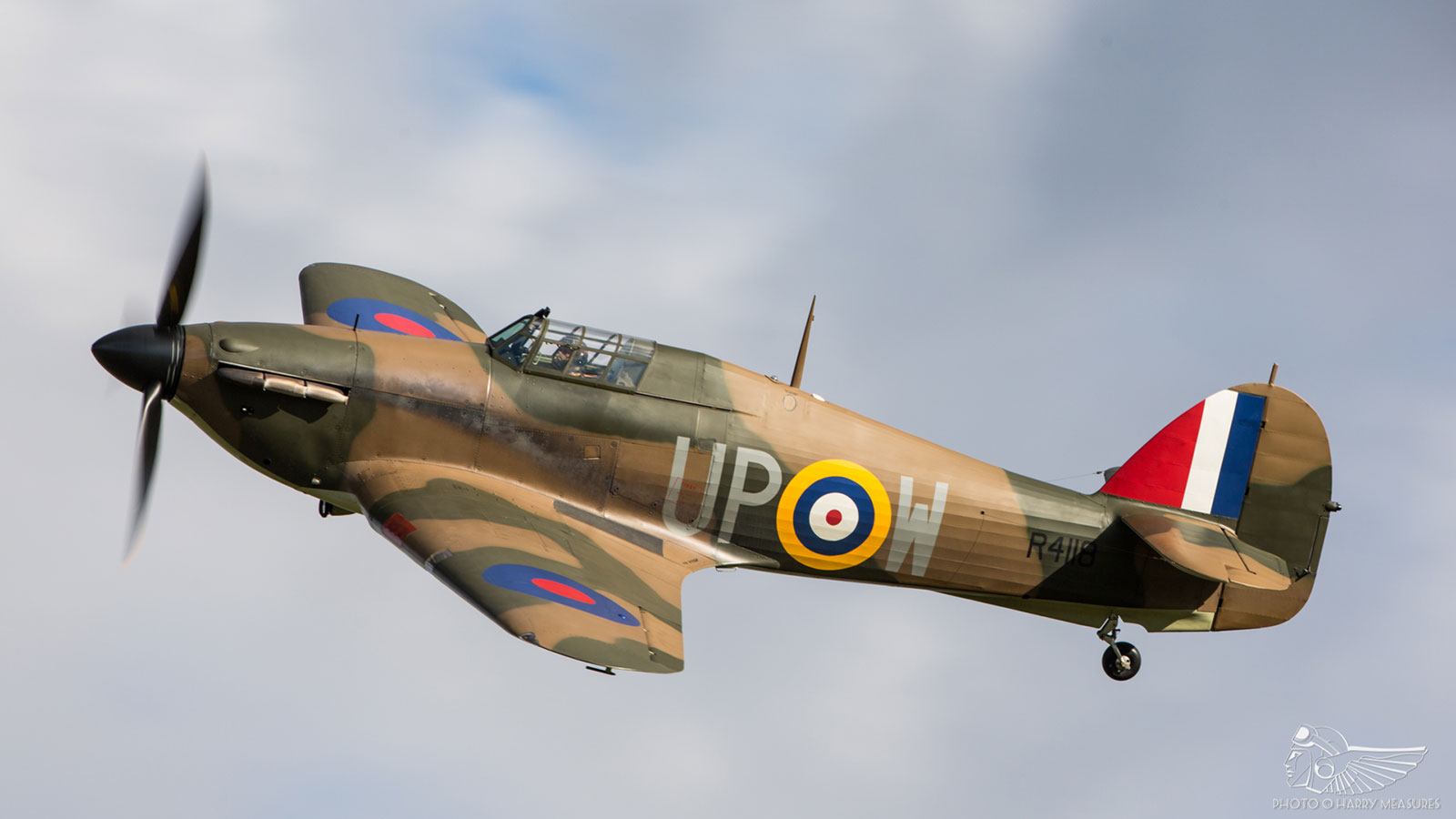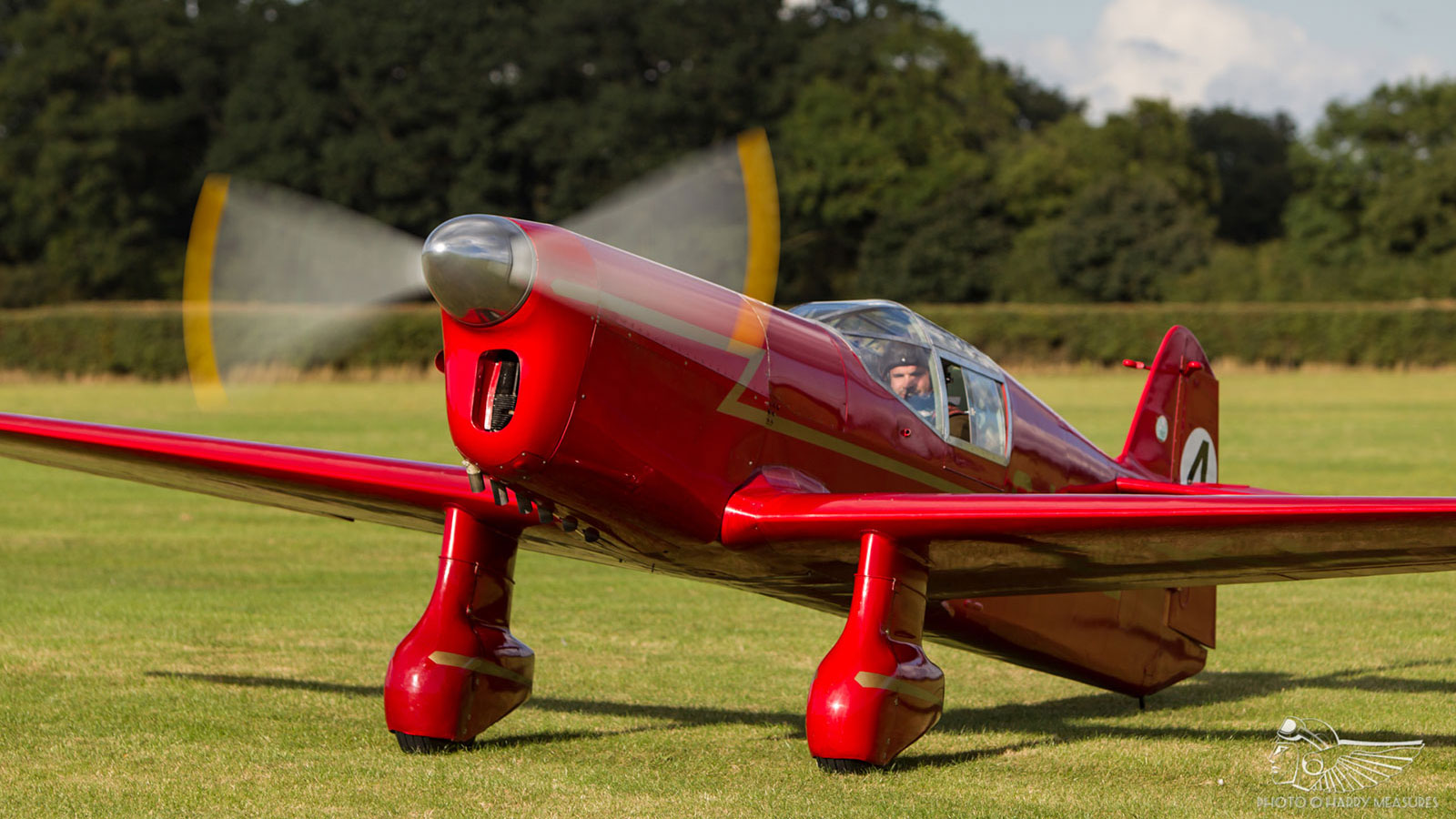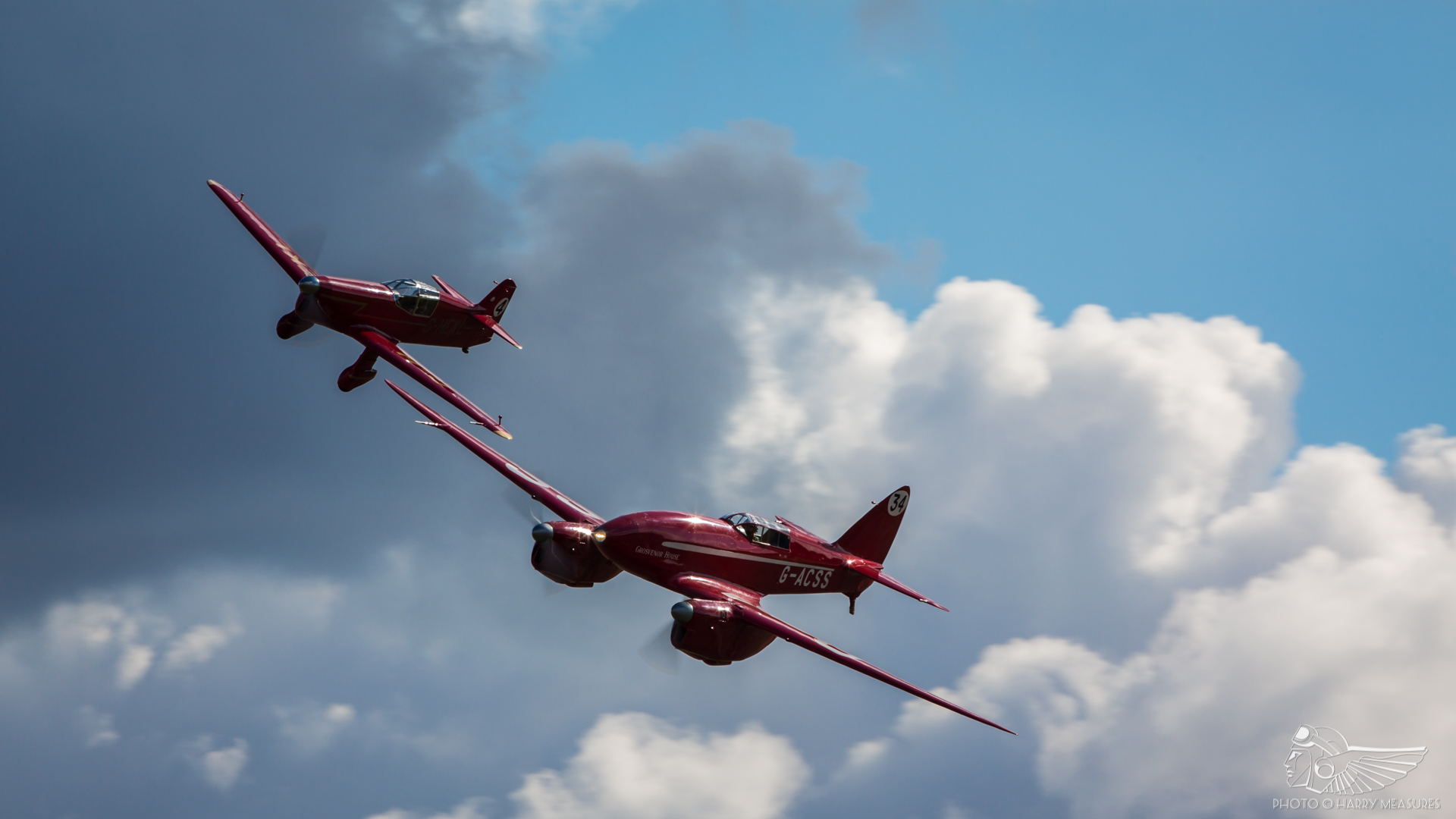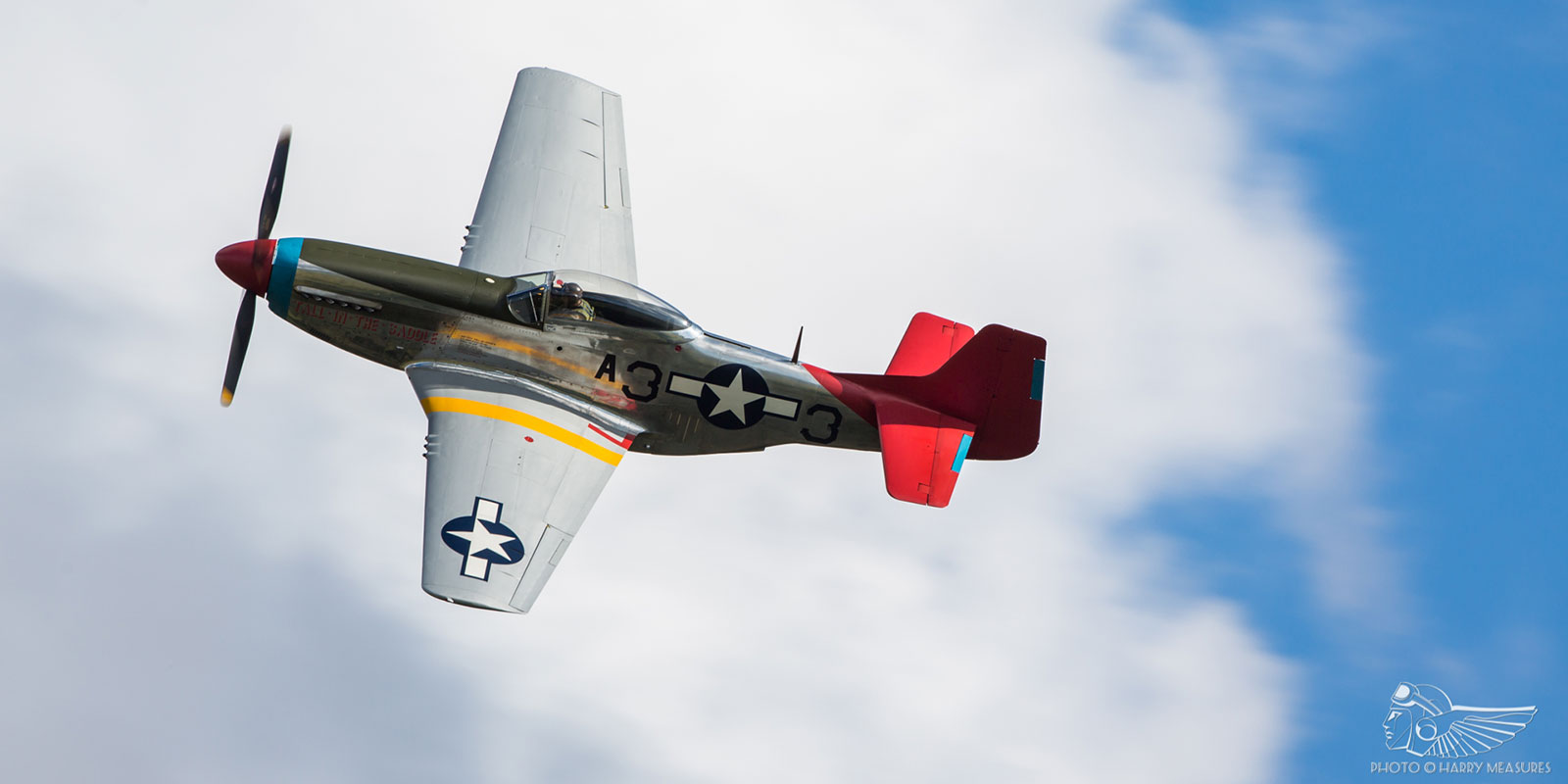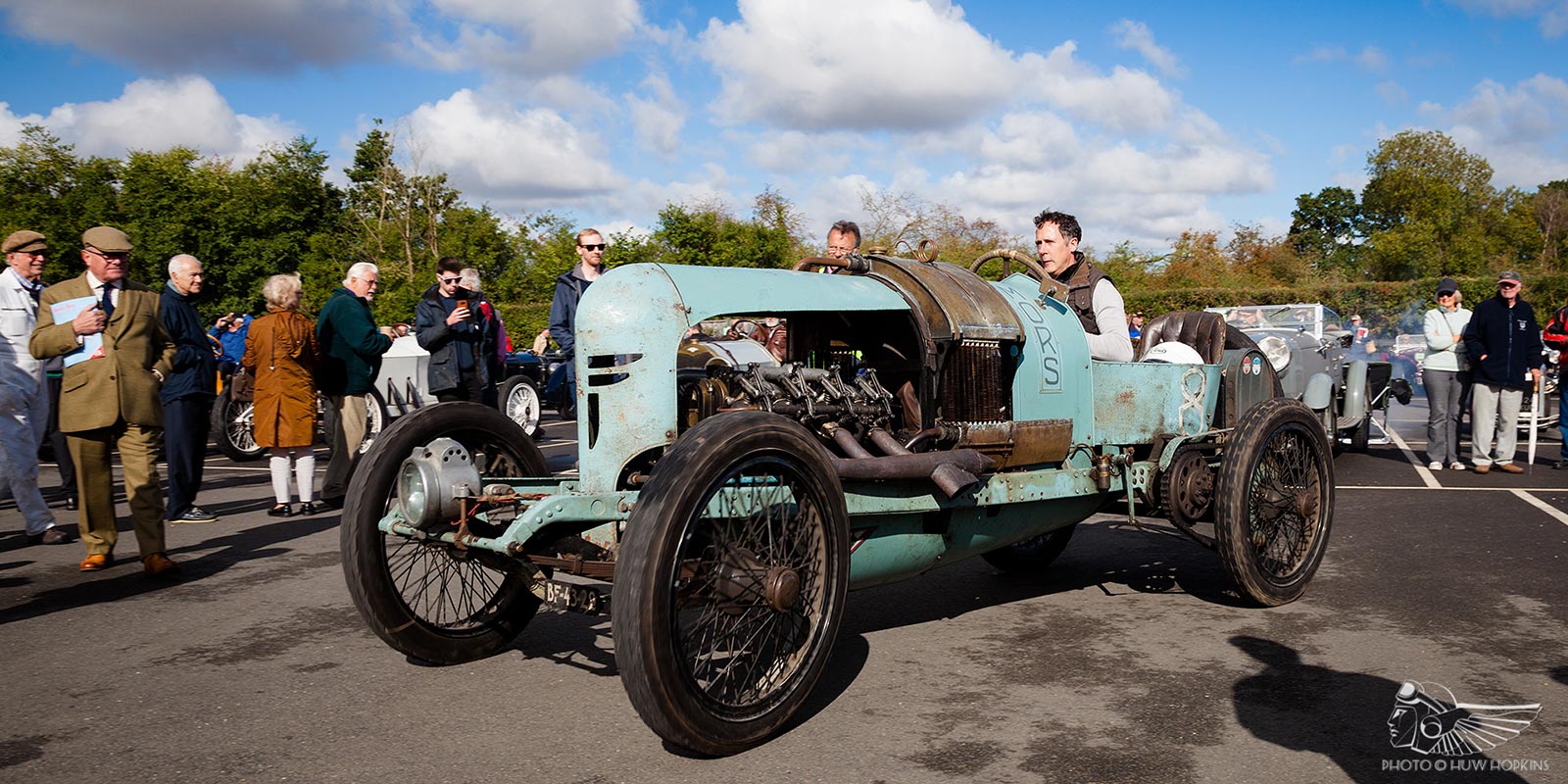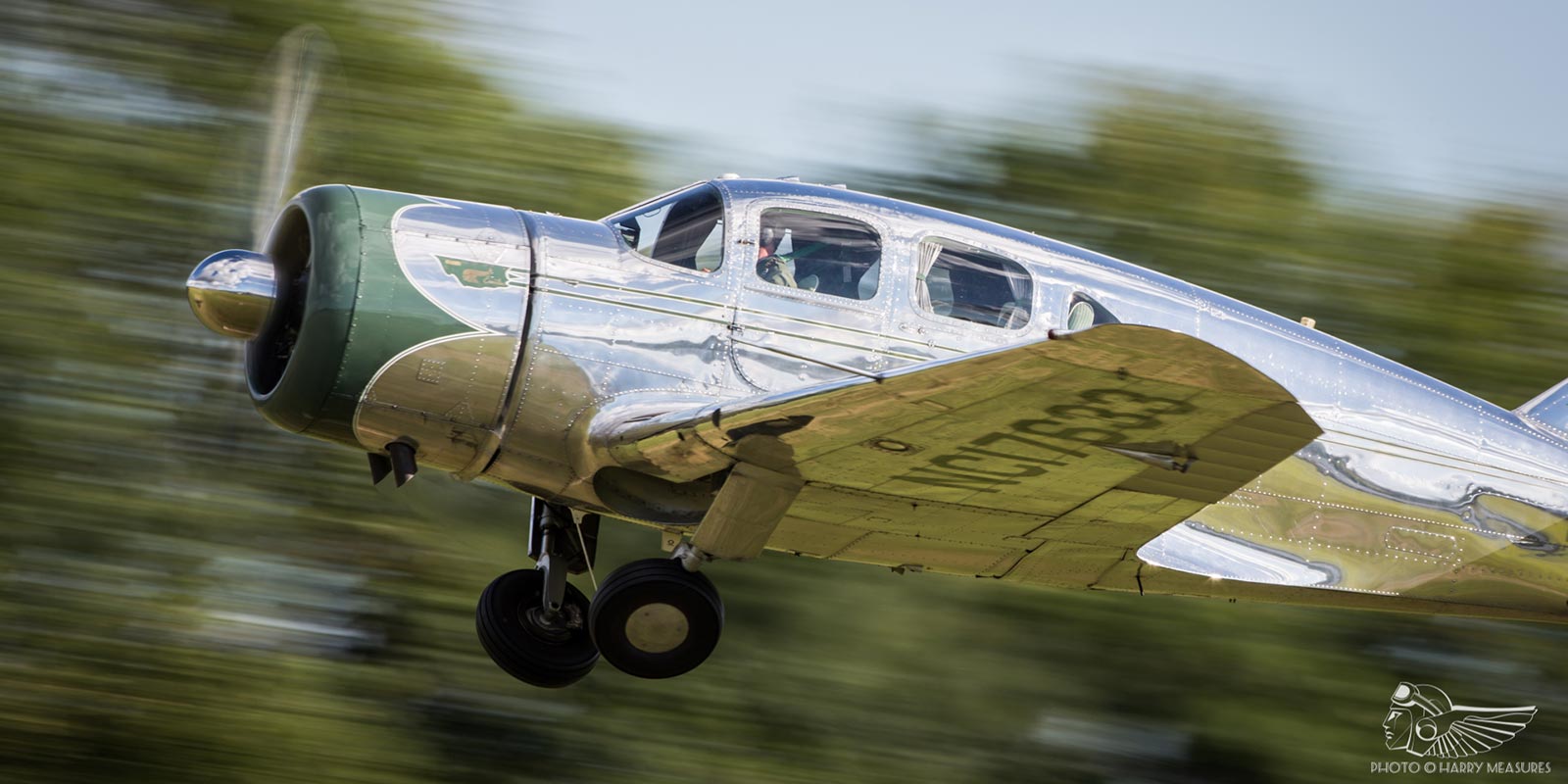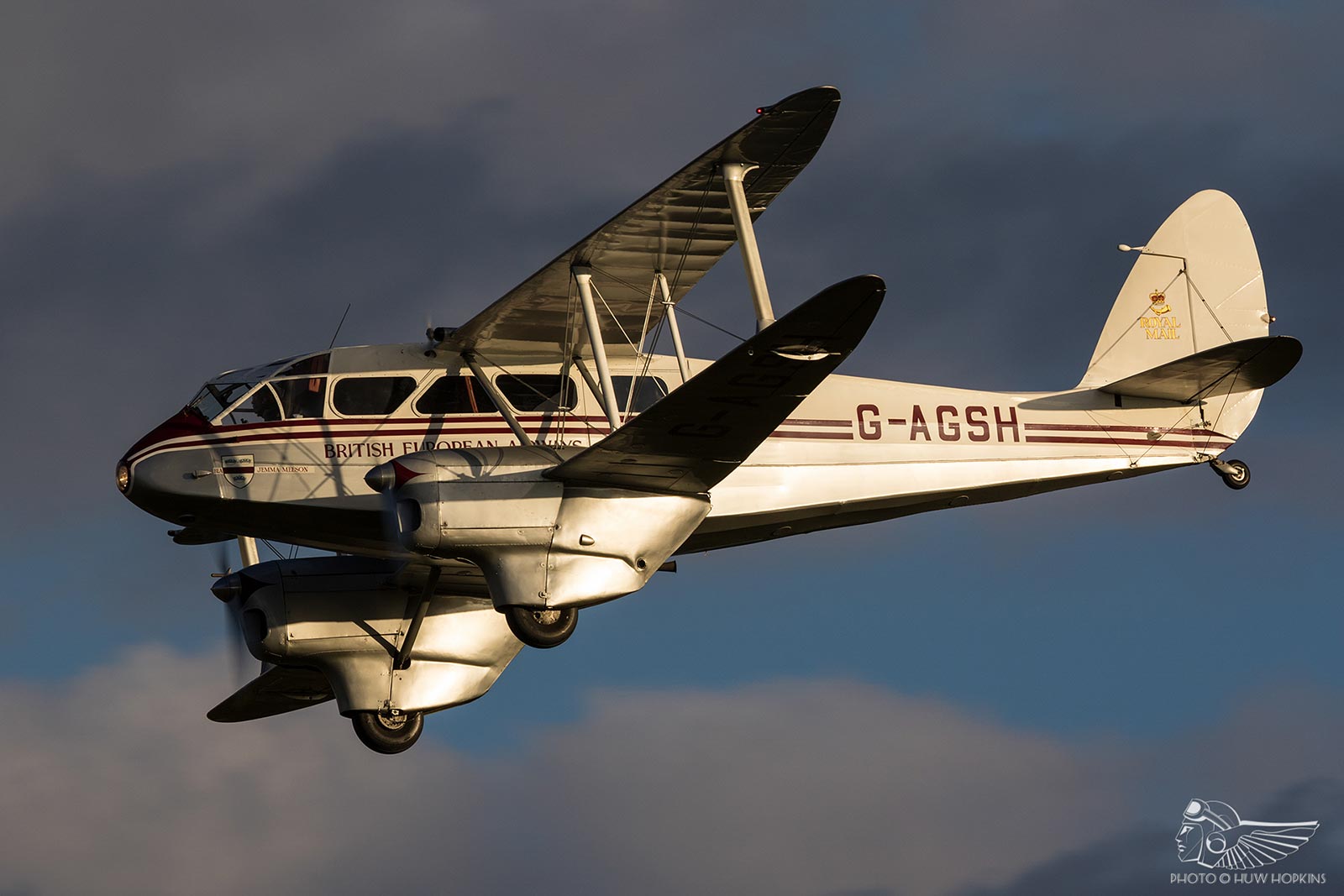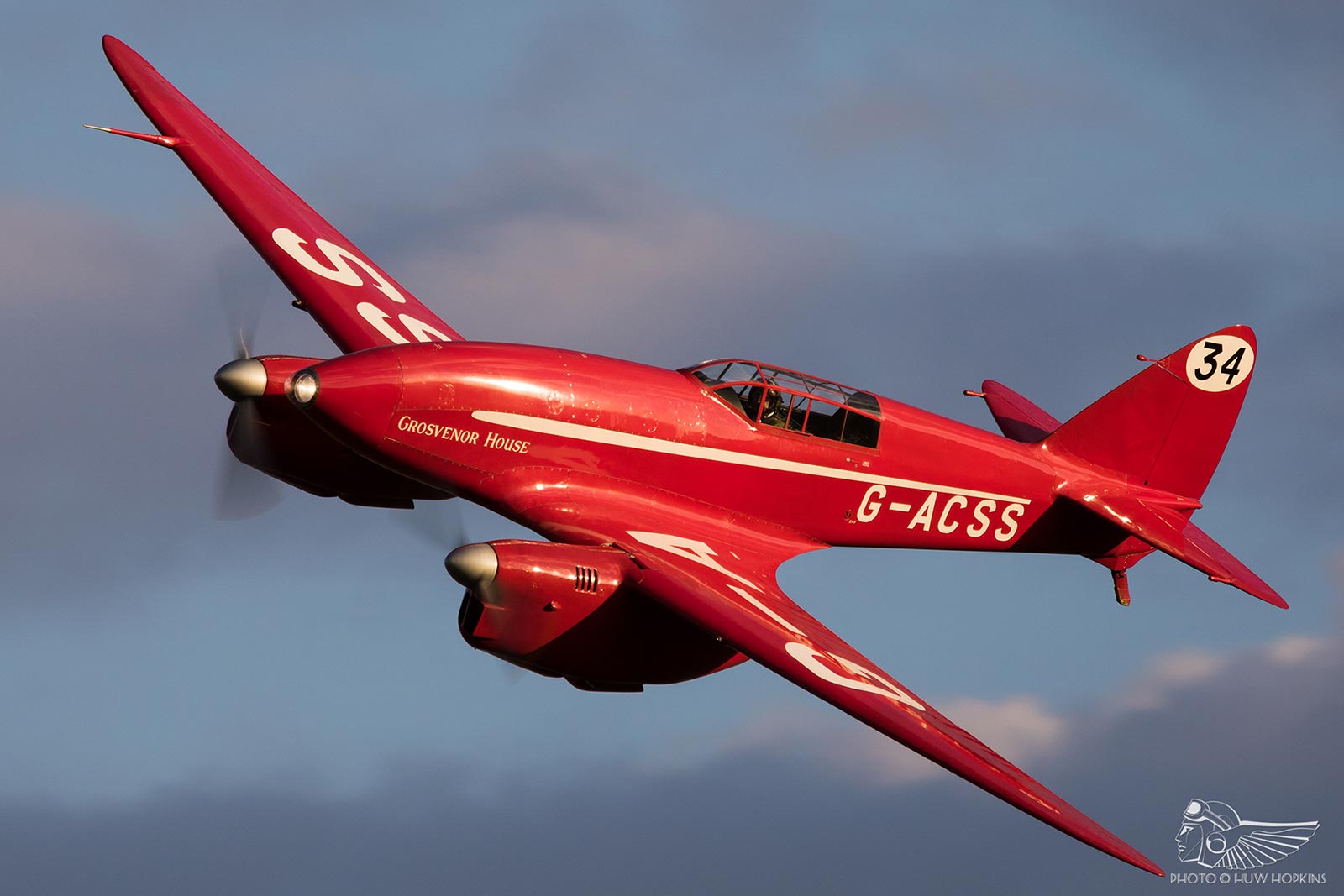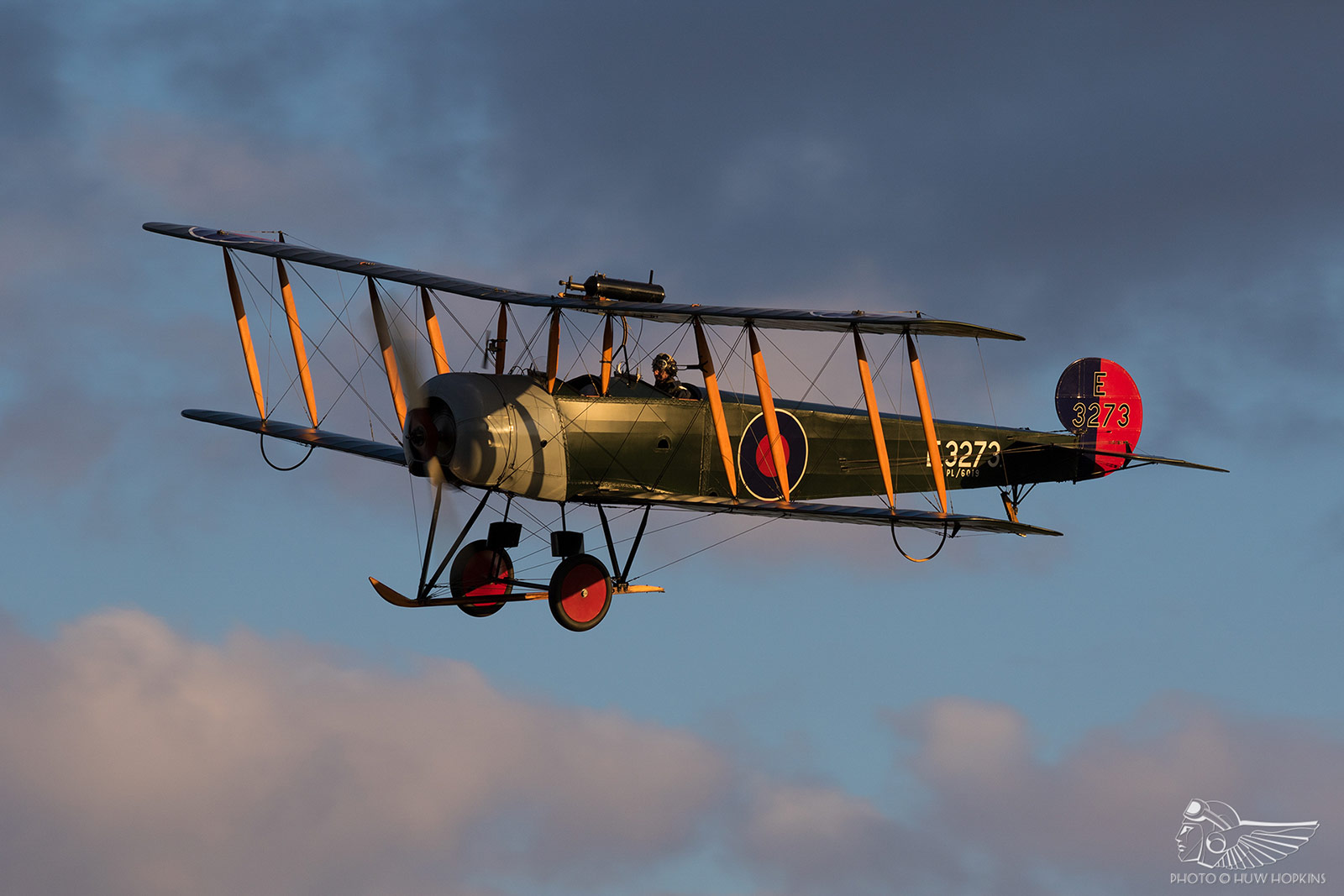When the Shuttleworth Collection held its inaugural Race Day airshow in 2014 it was widely hailed as one of the best vintage airshows of recent times by both the industry and enthusiasts alike. Seldom had an airshow focussed solely on the ‘Golden Age’ of aviation by gathering many gems synonymous with the period to participate in both a traditional flying display and mock air races. Anticipation brimmed, therefore, when it was announced that a second edition would close out the season in style – the 2016 Race Day & Roaring Twenties Finale.
During the interwar period the evolution of sport flying and development of air races on either side of the Atlantic took very different paths. An all-out power struggle erupted in America as aircraft were developed with ever-increasing performance and speed for competition over a closed course race circuit or in long distance record setting. Meanwhile, in Britain things took a more economic route based around handicap races with staggered starts designed to produce a simultaneous finish, which saw machines of disparate power and speeds pitted against each other in a fair manner.
Air races are intrinsically linked to the birth of airshows in Great Britain. These races would often be closed-course cross-country races with the finish point being over an airfield. An event would often be made of the race finish and the public would be encouraged to come and see the spectacle of the (theoretically) converging aircraft racing for the line, as well as on occasion other displays being put on. The most prestigious and well-known of these was the King’s Cup Air Race which was first held in 1922 and still runs to this day, barring a break between 1939 and 1949.
The Race Day & Roaring Twenties Finale flying display led us by the hand through the history of air racing via a series of mock air races. One particular race staged at the show was quintessential of that early period of the King’s Cup from 1922 to 1938, with a plethora of classic interwar types of varying designs and performances making up its participants: Parnall Elf, Miles Messenger, Comper Swift, Hawker Tomtit and de Havillands DH.60 and Fox Moth. These early races were held at classic airfields such as Croydon, RAF Hendon, Hatfield and Brooklands in the main, and the carousel of beautiful types wheeling around the sky above Old Warden really epitomised those halcyon days between the wars when leisure flying really began to flourish.
The race featured a most welcome and rare airshow appearance by Fox Moth ZK-AGM. Owned and restored by Bruce Broady, and having only returned to the air in the summer of 2015, this exquisite example of de Havilland’s early airliner will soon be relocated to New Zealand, where Bruce hails from, so chances to see it in the air must be cherished. It was all the more special, therefore, that the Fox Moth was joined later in the show by several other Moths for a quartet display. De Havilland Engineering Ltd’s Mark Miller led the Tiger, Fox and Puss Moths in his Hornet Moth for a lovely celebration of the company’s designs.
Another gathering of vintage types that only Shuttleworth has managed to muster involved three Chilton D.W.1 monoplanes, a sight not seen for many a year. The Chilton is rooted in British air racing history, its diminutive design being cheap to construct and operate whilst offering desirable flying characteristics. Indeed, one example won the Folkestone Aero Trophy Race held at Lympne in 1937 with an average speed of 126mph. The pair of Old Warden-based examples were joined by David Reid’s stunning replica G-JUJU Black Magic, which first flew in July 2015, with Rob Millinship leading the trio in the original Carden-Ford engined G-AESZ. Very pleasing it was to see these three putting on a delightful display in the afternoon light.
The second race staged represented a post-Second World War event and was an altogether different affair, demonstrating how aviation and the British air racing scene changed from those heady interwar days. In 1949 the Royal Aero Club set up the National Air Races Programme with new rules regarding aircraft specifications. These saw a widening of the field as it allowed types of increased speed and power to take part, including ex-military types (so long as they were on the British civilian register). These changes meant that interwar types such as Comper Swifts would be pitted against Spitfires and Hurricanes. The rules were even further relaxed to include aircraft of non-British manufacture a short while later.
This race was by far the most entertaining of the day due to the eclectic mix of types involved, including a Spartan Executive, Mew Gull, Hurricane Mk.I and Cosmic Wind. Although the participants were not being pushed to their limits as they would have been back in the day, the speed and urgency of the race gave the impression that there was some real competition going on. Seeing Jean Munn move through the field in the Mew Gull at quite some pace to take the win was certainly impressive! Following the race, Hurricane R4118 returned for a solo display in the hands of Dave Harvey.
Air racing in Europe also developed with the advent of Formula One, which was represented at the show by three midget racers; Cosmic Wind Ballerina was joined by Midget Mustang G-AWIR and Catch 22 Racing’s modified Taylor JT.2 Titch. With the latter 1964 design, the Catch 22 team have participated in the current Air Race 1 series since 2014. The trio certainly demonstrated their dart-like speed and agility, their segment being rounded off with a wondrous display of aerobatics by Pete Kynsey in Ballerina.
Formula One racing was and still is featured across the Atlantic in the National Championship Air Races held at Reno in Nevada, alongside which several very different classes of race are held within the same event; Formula One, Sport, Bi-plane, Jet, T-6 and the famed Unlimited. Although the Jet class is the fastest at around the 530mph mark, the Unlimited, featuring tuned and/or modified Second World War warbirds, isn’t far behind with speeds tipping just over 500mph. Impressive numbers for piston driven aircraft representing the pinnacle of their performance. The noise of these monstrous warbirds reverberating around the valley is the stuff of aviation legend, with Mustangs, Bearcats and Sea Furies flying hard and low around the valley floor.
In a homage to these warbird racers Peter Teichman’s P-51D Mustang appeared at the show, though this machine about as far departed as a P-51 could be from one of the heavily modified Reno Mustangs, having been returned to pristine stock condition by the Hangar 11 team through much in-depth work over recent years. Indeed, the Mustang was resplendent in a new guise after wearing her previous colours of Jumpin’ Jacques for decades.
In the spring of 2016 the Mustang was rolled out in a stunning new scheme representing Tall in the Saddle, a 332nd Fighter Group machine – the famous Tuskegee unit. The Collection managed to track down Tall in the Saddle’s wartime pilot Lt Col George Hardy, who was invited over to the UK to see the Mustang and enjoy Peter’s display at Old Warden. Although not an African-American himself, George joined the unit towards the end of the war and flew several combat missions over Europe. Towards the end of his visit he was given the opportunity to take a flight in the back seat of the Mustang over East Anglia.
In addition to the sterling line-up of aeroplanes gathered for the show, an equally impressive array of vintage racing cars was assembled. These could be looked over at close quarters in the paddock before they roared to life for a lengthy parade and runs down the runway, albeit these were tamer than was hoped due to the dampness of the runway. Few events really nail the blend of vintage motor cars and aeroplanes – Bicester Flywheel does so well, and the Goodwood Revival is a heady blend of both and so much more, but Shuttleworth struck a nice relaxed balance between the two and ensured that neither clashed by having the cars active in the morning and the flying display taking the afternoon’s focus. It was pleasing also to see motor enthusiasts learning more about aviation and vice versa, perhaps raising the profile of both of these very worthy historic preservation scenes in a mutually exclusive way.
The crowning glory of the show was undoubtedly a recreation of what was surely the greatest air race ever undertaken – the 1934 England to Australia MacRobertson Air Race. This saw a gathering of several types that took part in the 11,300 mile cross continental race, each being set off down the runway in the same order which they departed Mildenhall aerodrome on that murky October morning in 1934; Dragon Rapide, Desoutter, Falcon, Magister and Leopard Moth, led of course by the aeroplane that Charles Scott and Tom Campbell Black flew to victory, DH.88 Comet Grosvenor House. Built purposely for the race, their Comet was one of three to enter but the only one to finish, which they did so in a time of 71 hours and 18 seconds. It was left to the Comet to close the MacRobertson tribute in the hands of chief pilot Dodge Bailey (the aircraft’s second display of the day, having been put through its paces by Paul Stone earlier in the afternoon). As the evening light began to glow warmly the Comet danced for the crowds one last time for the year, a vision of vermillion.
To bring us back round almost full circle, and in the absence of the Edwardians, the Avro 504K chattered airborne into the final rays of sun. Following the First World War it was types such as the 504 that really established the sport and leisure flying scene, with many barnstormers purchasing surplus aircraft and using them to make a living entertaining people.
The 2016 Race Day built upon the successes of the first event two years prior, elevating it further and making it a more rounded affair. We are incredibly lucky to have a collection that puts on such niche airshows that hold great appeal not only to aviation enthusiasts, but to more casual spectators and the general public too. Simply put, Race Day is an airshow like no other.
Shuttleworth’s diverse array of themed airshows help to shine a light on various aspects of aviation history, when the majority of other airshows’ historical content is often military oriented. To my knowledge, until Shuttleworth’s first Race Day no airshow had presented quite such a comprehensive review of historic air racing and record breaking. What a wonderful tribute to all of those great civilian aviators across the years – those who pushed for all out speed or endured long-distance flights across continents in the spirit of adventure. In their pursuit, aviation blossomed, the designs synonymous with those pioneering days leaving us with the most wonderful timestamps. These aviators, so often overlooked by other airshows, had here an entire event dedicated to remembering and celebrating their achievements. That is something very special indeed.
![]()


